Bird-building collisions are a significant issue, causing millions of bird deaths annually as birds fail to recognize glass windows as barriers. Recent research and technological advancements highlight the potential of ultraviolet (UV) light as a promising solution to this problem, leveraging the unique visual capabilities of birds.
Most bird species possess the ability to see ultraviolet light, a spectrum invisible to humans. This biological trait offers an opportunity to make glass more detectable to birds without affecting human aesthetics. By projecting UV patterns or coatings onto windows, the glass becomes visible as a solid surface to birds, thereby reducing the likelihood of fatal collisions.
UV-reflective or UV-absorbing materials are applied to window surfaces. These materials create patterns that birds can see clearly, signaling that the glass is an obstacle. For humans, these patterns remain virtually invisible, maintaining the building’s appearance and daylighting benefits. This approach addresses a key challenge in bird-friendly design: balancing safety for wildlife with the visual and functional requirements of building occupants and architects.
Traditional bird collision prevention methods include decals, tapes, or screens, which can obstruct views or alter building aesthetics. UV technology offers a nearly invisible alternative, making it more acceptable for widespread adoption in both new construction and retrofits. The unobtrusive nature of UV treatments encourages facility managers and building owners to implement bird-friendly measures without compromising building design or occupant experience.
UV solutions are being tested and adopted in various settings, with early results indicating significant reductions in bird strikes. The effectiveness of these treatments depends on factors such as the specific UV pattern, the type of glass, and the placement of the treated windows. Ongoing research aims to optimize these variables to maximize bird safety while ensuring cost-effectiveness for building operators.
While UV technology is promising, it is not a universal fix. Some bird species may perceive UV patterns differently, and environmental conditions (such as dirt buildup or weathering) can affect the visibility of UV markings. Facility managers must consider maintenance requirements and the longevity of UV treatments. Additionally, integrating UV solutions into existing buildings may pose logistical and financial challenges, though the long-term benefits for bird conservation and regulatory compliance are significant.
Growing awareness of bird-building collisions has led to increased pressure on facility managers to adopt bird-friendly practices. Some cities and jurisdictions are introducing regulations that require new buildings to incorporate bird-safe design elements. UV technology is emerging as a preferred solution due to its effectiveness and minimal impact on building appearance.
UV light-based window treatments represent a hopeful advancement in the effort to prevent bird-building collisions. By making glass visible to birds while remaining unobtrusive to humans, these solutions offer a practical, aesthetically pleasing, and effective method for reducing avian fatalities. Continued research and industry adoption are expected to refine these technologies, making them a standard part of sustainable facility management in the future.
More information is available here.
Image: Pexels.com







You must be logged in to post a comment.